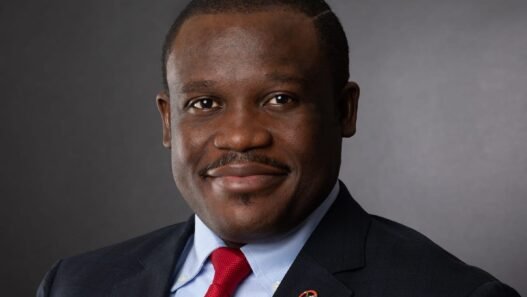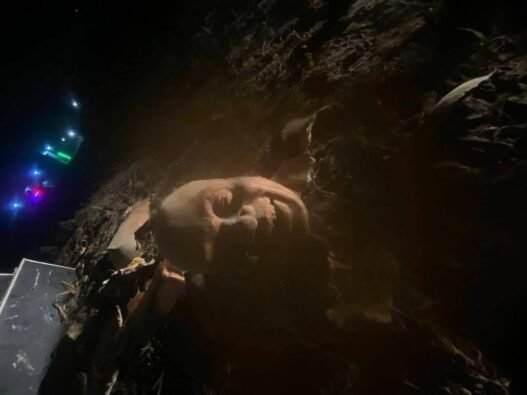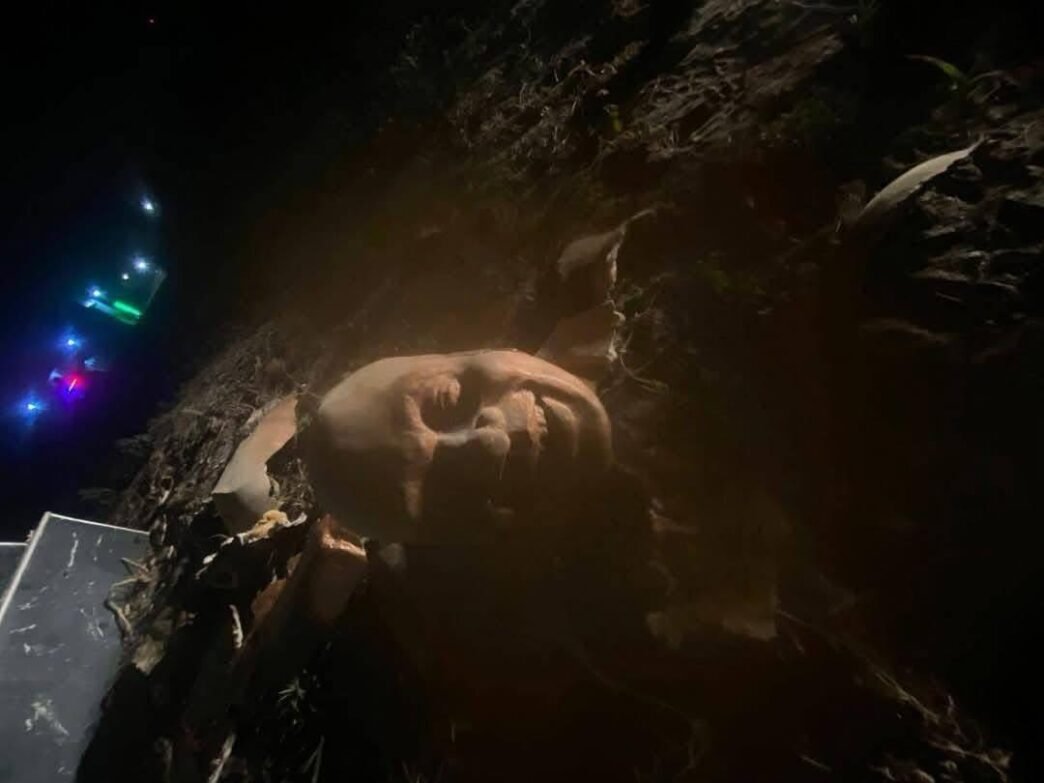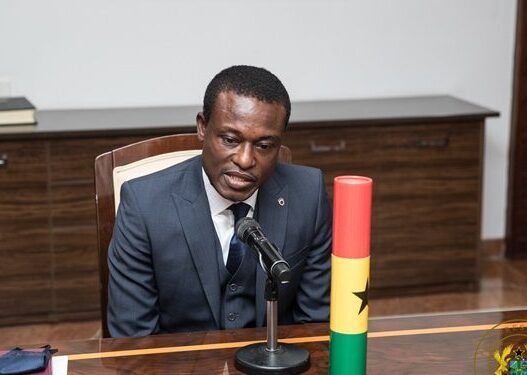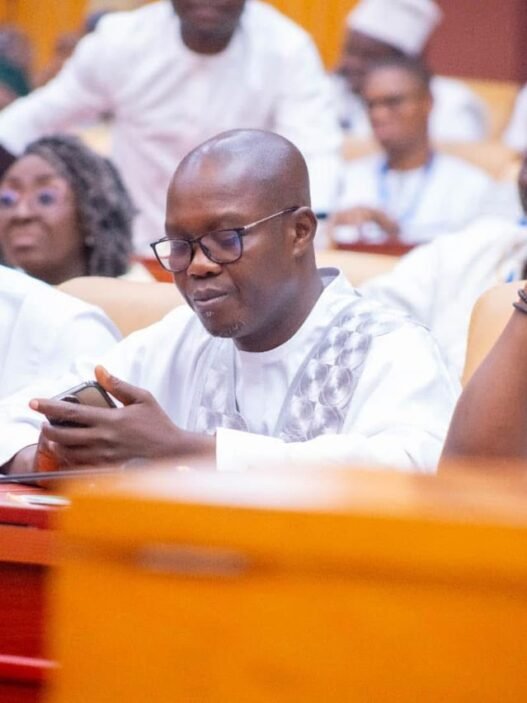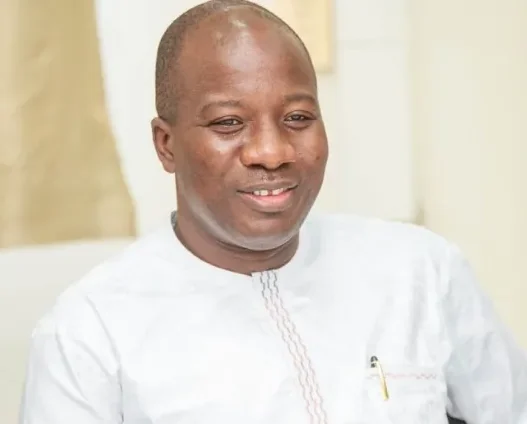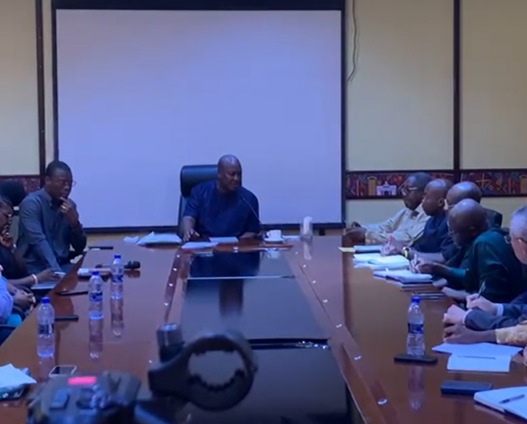Ghana’s former President Nana Akufo-Addo sparked a wave of controversy during his presidency when he unveiled a statue of himself in November 2024. The statue, located at the Effia-Nkwanta Regional Hospital in Sekondi, was revealed as part of a “thank-you tour” following his tenure in office. During the unveiling, Akufo-Addo proudly declared that he had fulfilled 80% of his promises to Ghanaians. However, what was intended to be a symbolic gesture honoring his leadership quickly became a flashpoint for widespread criticism.
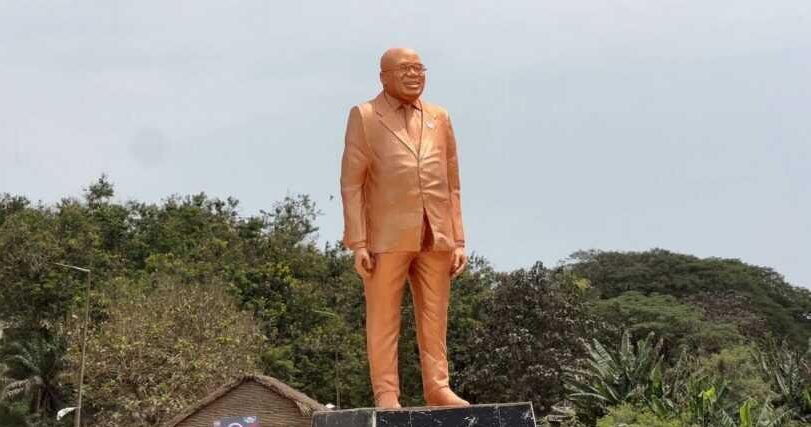
The Backlash and Vandalism
The unveiling ceremony was met with mixed reactions, but it didn’t take long for backlash to mount. Locals criticized the statue, which they saw as a symbol of “self-glorification” in a region struggling with poor infrastructure, including substandard healthcare and inadequate roads. While Akufo-Addo’s intention was to honor his contributions to the region, many felt the monument was out of place in an area with pressing developmental needs.
In December 2024, just a month after the statue’s unveiling, a gaping hole appeared at the back of one of the statue’s legs, fueling speculation. Some residents suspected deliberate vandalism by those who opposed the statue, while others believed the damage was due to structural flaws or poor construction. Despite these concerns, the damage was repaired in December, and the statue remained a contentious symbol.
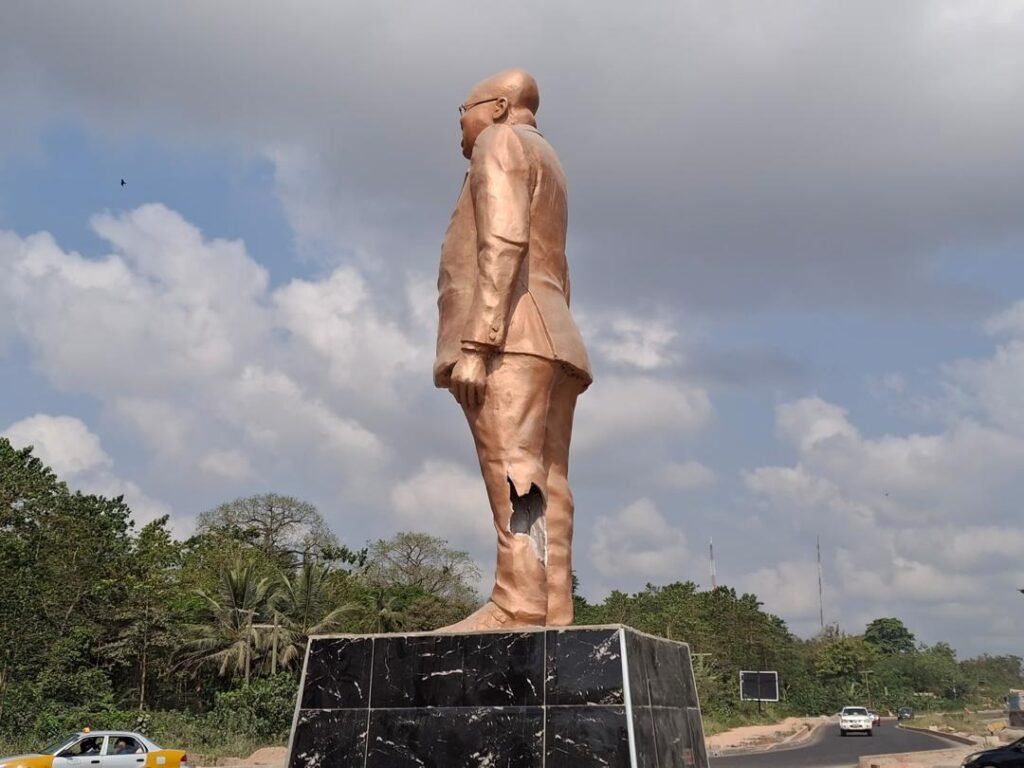
The NDC’s Response: A Symbolic Rejection
Following the victory of the National Democratic Congress (NDC) in the 2025 General Elections, the new Member of Parliament for Sekondi expressed strong dissatisfaction with the statue. In a press conference, he pledged to relocate the statue to Kyebi, Akufo-Addo’s hometown, using lawful means. The statue had become a symbol of rejection for many in the community, especially given the disparity between its grand presence and the region’s urgent infrastructural and healthcare needs.
The Statue’s Symbolism and Controversy
When the statue was unveiled, the Western Regional Minister Kwabena Okyere Darko-Mensah hailed it as a “testament to the president’s visionary leadership.” Yet, even before its eventual destruction, the statue faced severe criticism.
One Sekondi resident remarked, “This statue was an insult to us. How can you honor a leader in such a big manner when there aren’t enough basic amenities like decent roads and healthcare?” For many, the removal of the statue was seen as an act of justice.
The Final Act: The Statue’s Destruction
The statue’s fate took a dramatic turn on January 13, 2025, when it was destroyed by unknown individuals in the early hours of the morning. By the time authorities arrived, the statue had already been toppled. Its head was severed, and the statue was damaged from the neck to the knee. This incident marks the second time the statue was targeted, after it had sustained damage in December 2024.
The image of the disassembled statue, headless and abandoned, quickly went viral. The statue’s head, lying on the ground with a smile frozen on its face, became a poignant symbol of the transient nature of power. It echoed the famous lines of Percy Bysshe Shelley’s poem Ozymandias, which reflects on the inevitable decay of once-great rulers and their monuments. The fall of the statue, once a proud symbol of Akufo-Addo’s administration, has since come to symbolize the fragility of political power.
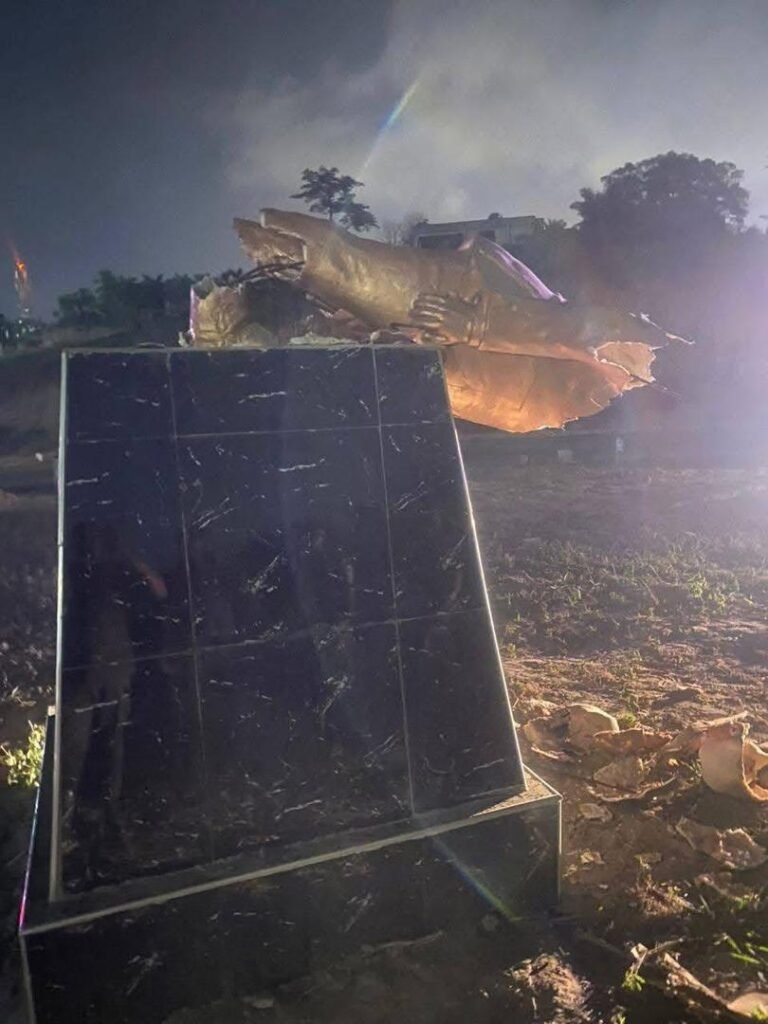
Conclusion
The destruction of Akufo-Addo’s statue at Effia-Nkwanta Regional Hospital marks a dramatic turn in the ongoing debate about the appropriateness of such monuments, especially during a time of national economic and infrastructural concerns. While some view the statue as a mark of his achievements, many others see it as an example of misplaced priorities. The statue’s eventual destruction symbolizes broader tensions between leadership, public sentiment, and the allocation of resources in Ghana.
As investigations into the incident continue, the statue’s fate reflects a deeper disconnect between political leaders and the needs of ordinary Ghanaians. The image of the fallen statue has become a powerful symbol of the political and social tensions that have defined Akufo-Addo’s legacy. With a new administration in power, the debate surrounding the statue is likely to remain a point of contention for years to come.








